On the 27-28th of August 1940 Reich Minister for Armaments and Ammunition and leader of Organisation Todt, Fritz Todt, together with Major Gerhard Engel and Colonel Rudolf Schmundt, the latter two both adjutants to Adolf Hitler, decided to build a new headquarters close to the Russian border after their reconnaissance of the Gierłoż forest. The Forest provided good natural protection and camouflage for the buildings and roads and it was close to the city of Rastenburg (Kętrzyn today) and its airfield.
Construction started the same year and would continue into 1941.

The Wolf’s Lair
The Wolfsschanze / Wolf’s Lair was named after the self-given nickname of Adolf Hitler, Wolf. A Schanze is a temporary independent fortified fieldwork. On 21 June 1941 main constructions were finished and more than 2000 people worked at this headquater. About 200 buildings were constructed and with the defensive perimeters the Wolfsschanze area was about 6,5 square kilometers large.

The perimeter was divided into three rings of defence. Sperrkreis 1 was the name of the inner ring, this was the heart of the Wolf’s Lair (Strefa in Polish on the image above). It was sealed off with a steel fence and guarded by special SS troops. Hitler had his camouflaged bunker in this zone together with his henchmen like Martin Bormann, Wilhelm Keitel, Alfred Jodl and Hermann Göring. Sperrkreis 2 housed ministers like Albert Speer – who replaced Fritz Todt after his death, Joachim von Ribbentrop, Fritz Todt and others. The barracks of the Reichssicherheitsdienst were in this perimeter with special units for the protection of this area.




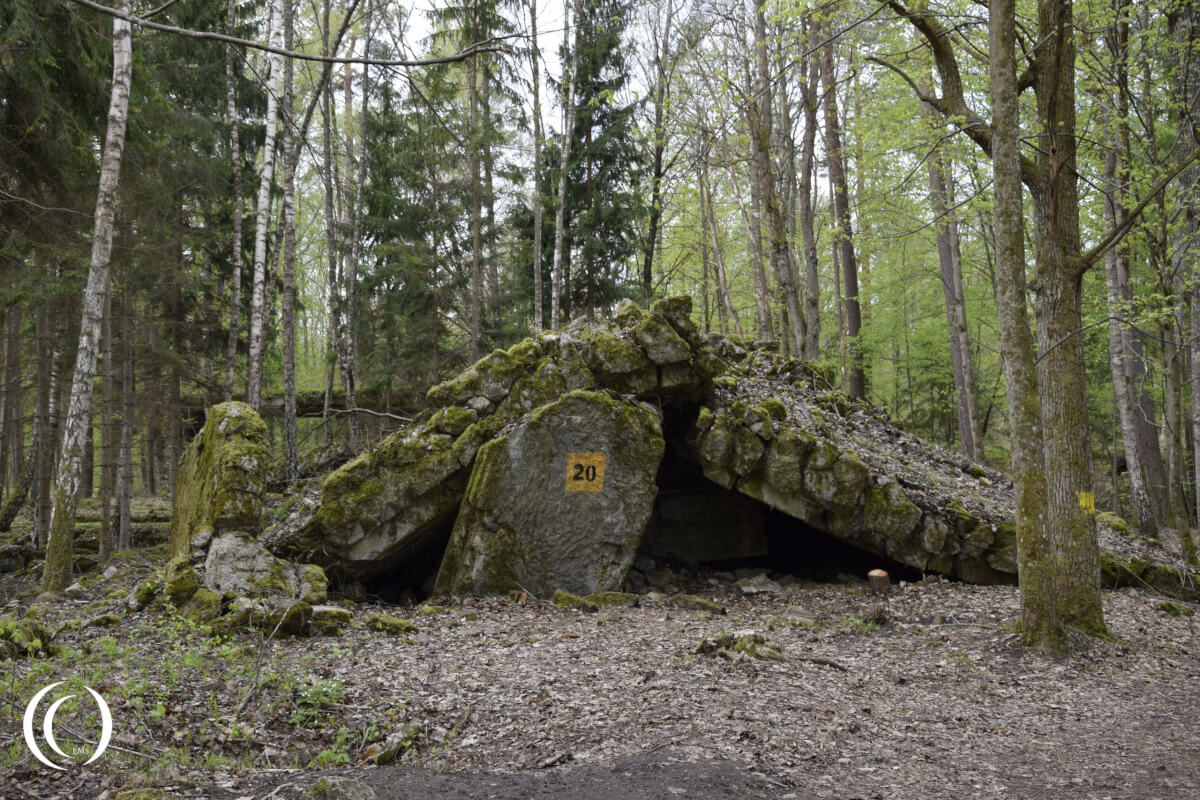
The last Sperrkreis, number 3, was the heavily fortified outer perimeter guarded by the Führerbegleitbrigade. This Führer escort brigade was a special Wehrmacht unit armed with anti-aircraft weapons, panzers and other heavy equipment. The outer ring was shielded off with pillboxes, barb wire fences, MG nests and all types of landmines – more than 54000 of them.
75km outside the Wolf’s Lair extra troops were stationed with radar for early warning of enemy troops and aircrafts. An approaching aircraft would be spotted 100km before it ever reached the Wolfsschanze.




Adolf Hitler and Fritz Todt at the Wolfsschanze
In 1941 on June the 23rd the site was visited by Adolf Hitler for the first time, the day after the invasion of Russia, Operation Barbarossa, commenced. Hitler would spend more than 800 days at the Wolfsschanze during the war. Nearby another major site was built close to the town of Marmerki in the Mauerwald. The OKH – Oberkommando des Heeres, the German High Command was constructed only 18km from the Wolf’s Lair. All Major Generals were housed there to direct the war on Russia.






The railway was extended and the roads towards the Wolfsschanze secured. The Airfield near Rastenburg got an upgrade for bigger aircraft like the JU52 – Iron Anie and the He111 bomber. Fritz Todt lost his life on 8 February 1942 on this airfield when the plane they used crashed just after take off. Fritz Todt was buried in the Invalidenfriedhof – the invalids cemetery in Berlin.


Unternehmen Walküre – Operation Valkyrie
At the Wolfsschanze are the remains of the building where the assassination attempt of Adolf Hitler was planned. Colonel Claus Schenk Graf von Stauffenberg took the key role upon himself to place a bomb under a table near Hitler during a briefing in the Wolf’s Lair. After the bomb was placed he left the Wolf’s Lair and flew back to Berlin from the Rastenburg airfield.


Unfortunately Hitler survived the explosion and Claus von Stauffenberg and other plot leaders and suspects were sentenced to death for committing high treason. About 7000 suspects were arrested and close to 5000 were executed. Three field marshals, 19 generals, 26 colonels, one minister, two ambassadors, seven diplomats and the head of the Berlin police were executed. Field Marshal Erwin Rommel did not survive this trial for he was thought to have known about the attempt to stop Hitler’s Nazi regime and save Germany from total defeat due to Hitler’s bad decisions and lack of military insights.


The Wolf’s Lair in Russian Hands
New construction work started mid- 1944 to reinforce the buildings at the Wolf’s Lair which was never completed for in October 1944, the Red army forces reached the Prussian borders in the east. Adolf Hitler and his staff left the Wolf’s Lair for the last time on 20 November 1944. They moved their headquarters back to Zossen-Wunsdorf, south of Berlin in Germany.

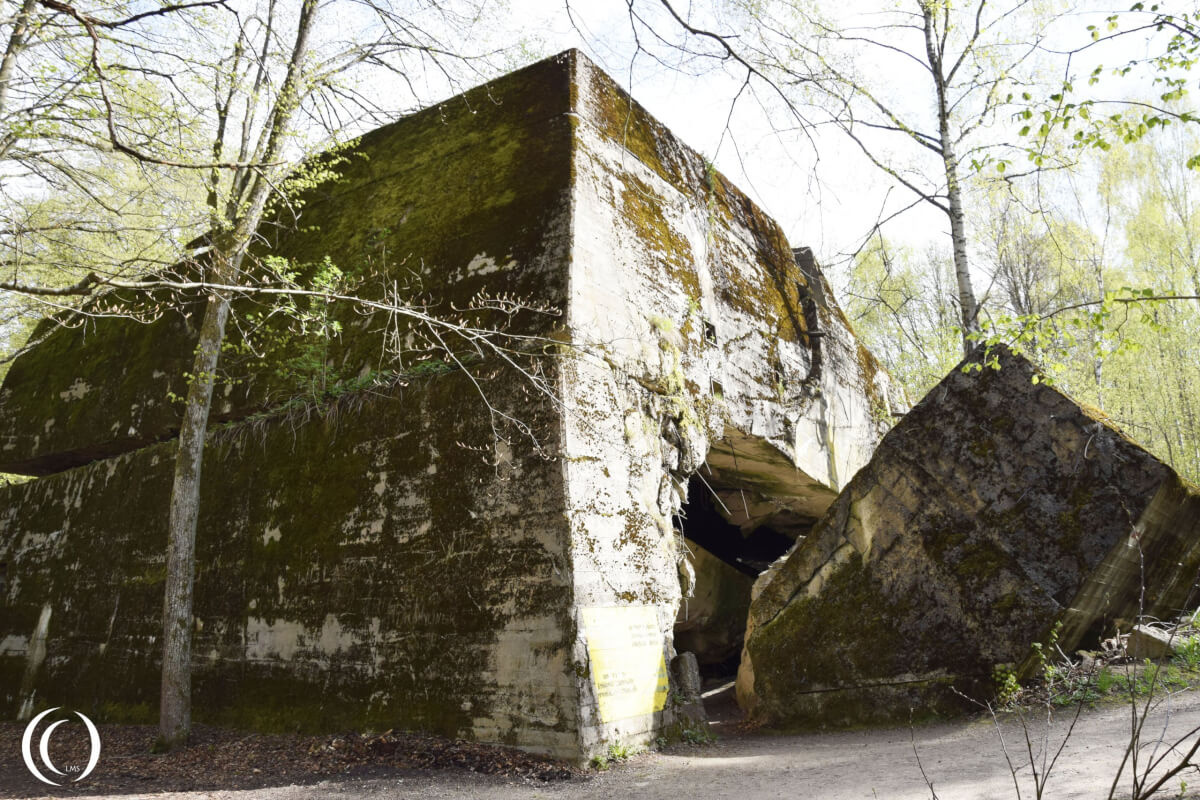





Field Marshal Wilhelm Keitel gave the order to demolish the buildings on January the 25th 1945. The Germans used 8 to 12 tons of explosives for the destruction of a single bunker, the explosions rocketed tons of concrete 20 to 30 meters in the air and cracked the ice on the frozen lakes nearby. 27 January 1945, only 48 hours after the order for demolition was commanded, and on the same day that concentration camp Auschwitz was liberated, the Wolf’s Lair was taken by the Russian army without a shot fired. The removal of the 54000 landmines lasted until 1955 before the area of the Wolfsschanze was safe to visit.
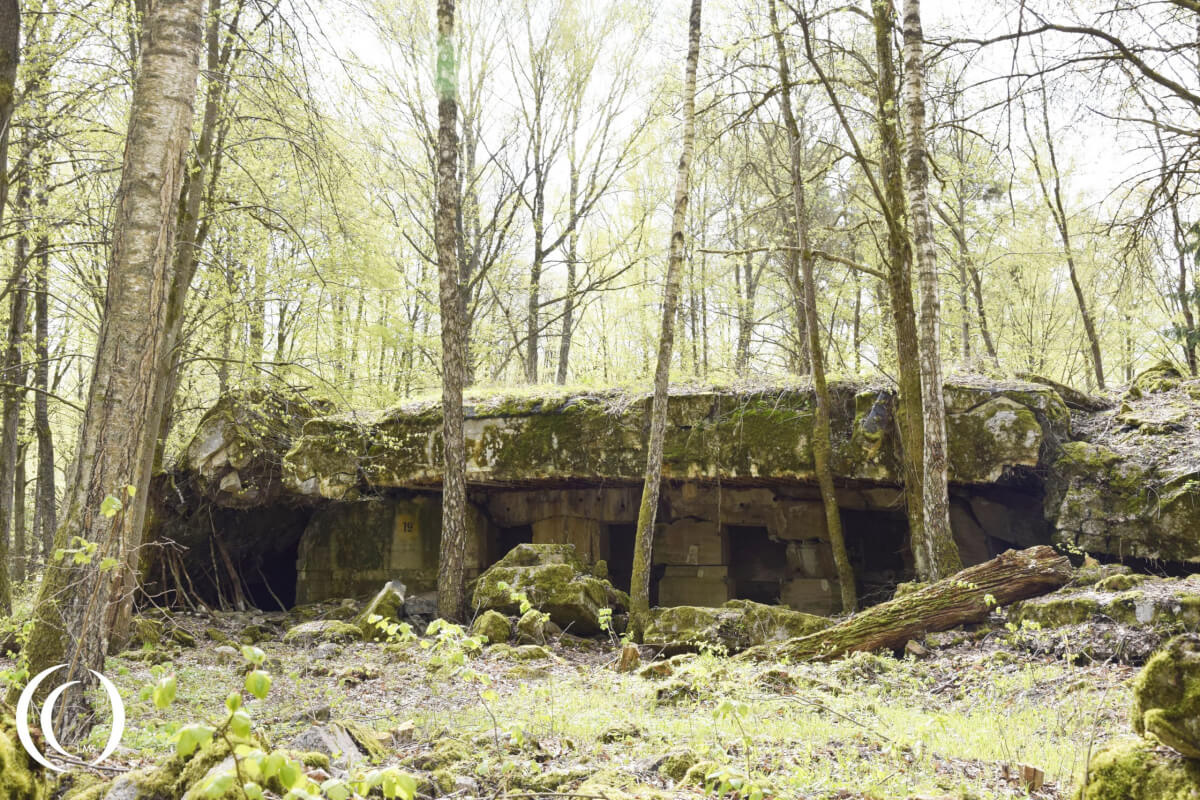




Reuse of materials
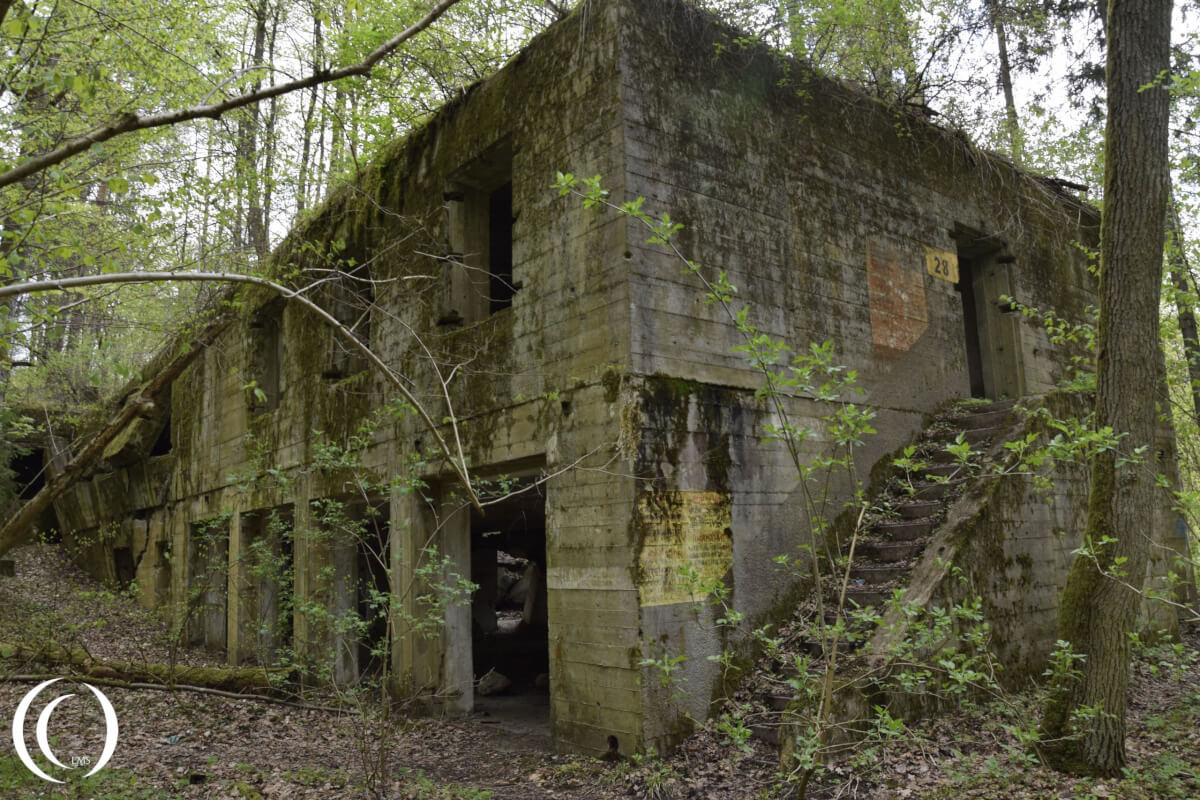


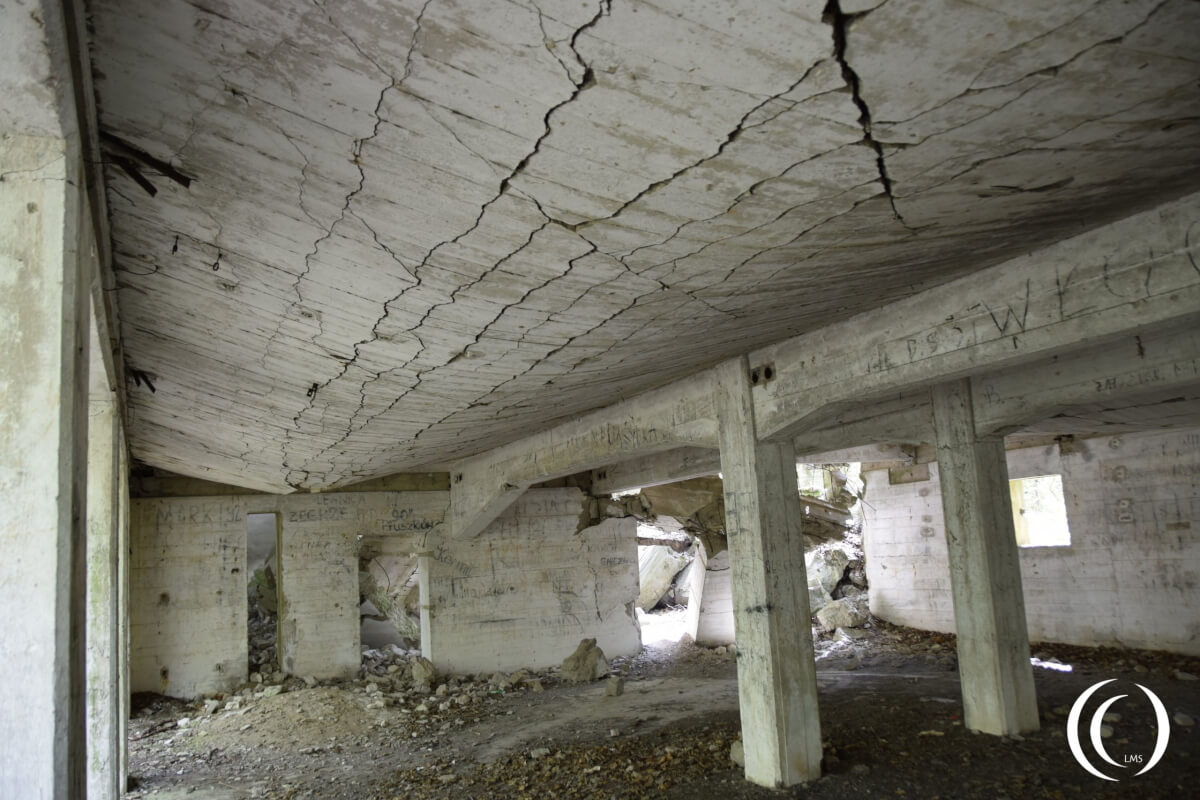

Recycling the Wolf’s Lair
Yes, even back then recycling was a hot item. The cobblestone roads were re-used in the Polish capital Warsaw. You can find the cobblestones on the Emilii Plater Street and near the Palace of Culture and Science.
The wooden barracks, which survived the destruction order, were taken apart and rebuilt in Warsaw as well. Building materials like concrete slabs were used at the Warsaw Okecie Airport and the House of the Party the former seat of the Central Committee of PZPR. The building today is used for the stock exchange.



Visit the Wolfsschanze
The site is a huge outdoor museum and it is open all year, use the Wolf’s Lair’s website for opening times. In the summer months it can be open until 22:00. Bring a flashlight and sturdy shoes. You can wander the perimeter freely or go for a guided tour.
Weer een uitstekend artikel! Nog veel te zien daar, meer restanten dan verwacht. Eindje rijden vanaf Nederland…. 😉